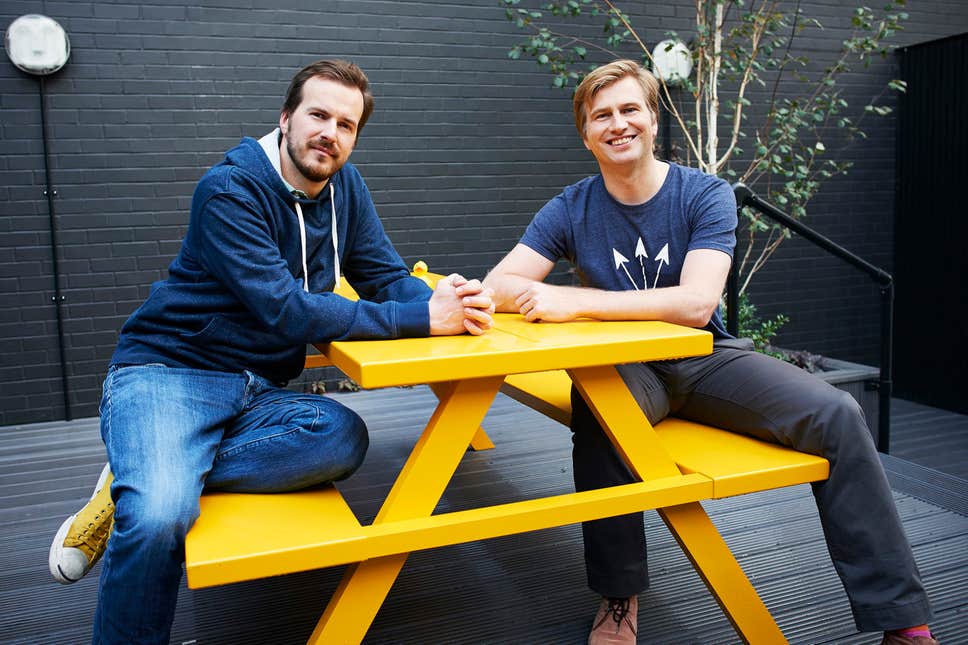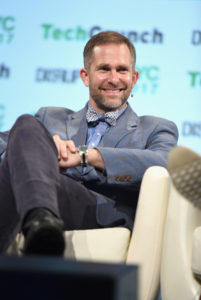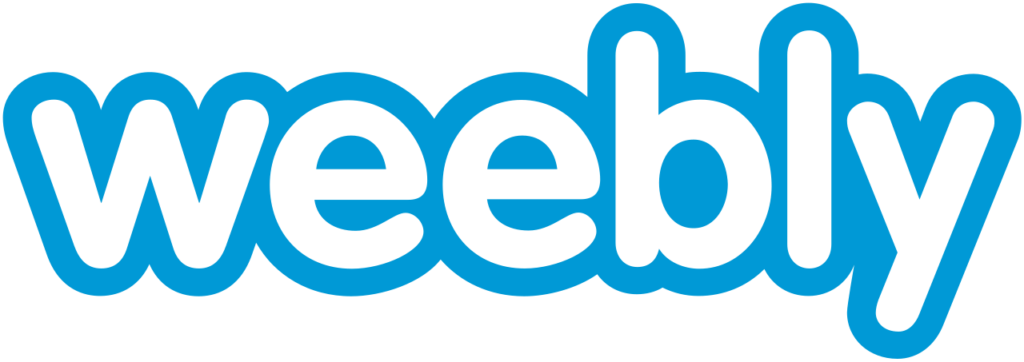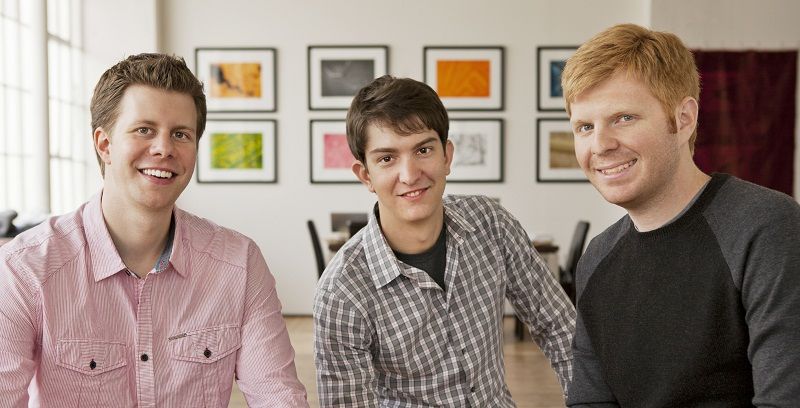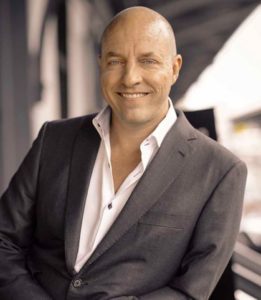Vneda : One-stop Solution for All Organizational Learning Needs
The market is evolving at a fast pace, and along with that, the need for skilled and well-educated employees is also increasing as everyone realizes the value of knowledge. Organizations are losing millions because they are unable to take care of their knowledge. According to a study published by the International Data Corporation (IDC), It’s estimated that poor knowledge-sharing practices cost the Fortune 500 companies a $31.5 billion annually. And therefore, organizations are looking for better options to enhance employees’ skills and knowledge, which eventually, helps them to increase their productivity. This Edu-tech startup named Vneda is one of resource providing company, which is on the mission to solve these problems by their services.
What is Vneda
Vneda is an Edu-tech startup that started on 8th March 2018. It provides a unified learning solution for skill development, knowledge management and knowledge sharing among organizations and their employees. It provides a hybrid approach for the corporate, NGOs and government organizations for the better utilization and administration of knowledge resources. Vneda allows users to manage their knowledge and enhance it through knowledge sharing with the use of smart tools.
Users can create and consume digital content such as podcasts, videos, articles, e-books, courses on the platform. They use Proprietary Algorithms for the curation and indexing of the content. Vneda helps users to manage and store their important data on a cloud-based server, and apart from this, it also provides doorstep delivery of physical books from approx 1.5 lac+ book library.
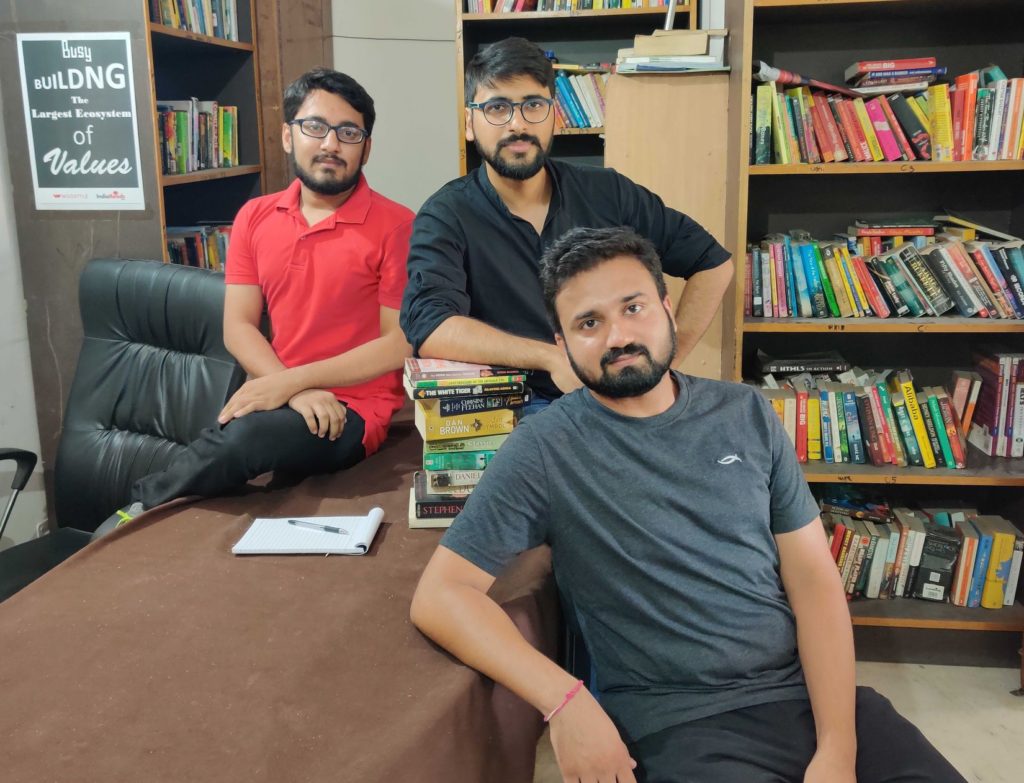
Vneda works on employee recognition as well by rewarding the users for consuming and sharing knowledge, to cultivate a habit of knowledge-sharing in them.
Co-founders
Vneda is an idea of two colleagues, Aman Sharma, and Ritesh Kumar. Aman Sharma is a Computer Science graduate who had an interest in developing something new and innovative. He developed many B2B and B2C products in the last seven years. Ritesh Kumar is an IT graduate and is a technology expert (Full Stack Developer), who likes to work on both the front end as well as the back-end of the product’s website and application.
Founding Vneda
When Aman Sharma ventured into the corporate learning market, he researched and found this market, especially in India, was relatively new and yet to be explored. There was not much focus on knowledge management and knowledge sharing. And because of this lack of focus, they were losing big monies and resources. On the contrary, this market got its due importance and was flourishing in the developed nations. From this fact, he drew his assumption that the knowledge sharing and knowledge management market would find its due recognition in India as well.
What is unique about Vneda
There is no single platform that caters to all the learning needs of an organization. They have to manage and opt for different platforms for digital learning and development, knowledge sharing, knowledge management, corporate library, knowledge repositories, etc. Having multiple platforms leads to increased costs for the organization, it becomes problematic for employees to manage and use so many platforms. On the contrary, Venda is a single corporate learning solution that caters to a wide range of learning needs such as corporate learning and development, knowledge sharing, knowledge management and much more.
It also helps in uniting external knowledge to internal knowledge. Vneda is providing a platform where publishers can publish their content that can be consumed by the users.
Accomplishments
It’s never been an easy task for entrepreneurs from convincing investors to invest in their ideas to users for adopting their services. Vneda was started with the seed investment of its co-founders, and since then, they are bootstrapping. Yet the hard work pays, as the company is catering to 25,000+ users across 13 corporate, like Axis Bank, Honda 2 Wheelers, Volkswagen, Orient Electric are to name a few.
How it works
Vneda works on two pricing models; one is free where a user does not pay a single penny for using the knowledge sharing and management platform. And then the other where the organization is charged a subscription fee. Under this, the organization gets a subscription to the created and curated content, which includes third party premium content and physical book delivery.
The vision
Vneda was created with a vision to construct an ecosystem of shared knowledge. The team is working to achieve a larger goal to create the knowledge management & sharing culture in all communities. But at present, they are focusing on their ideal target audience and eyeing to close 100 corporate by the end of this year and become profitable. Vneda is now a team of 10 hard working fellows putting efforts to create a strong tech product that can be integrated with any other existing system to make the knowledge access experience easy and interesting.


